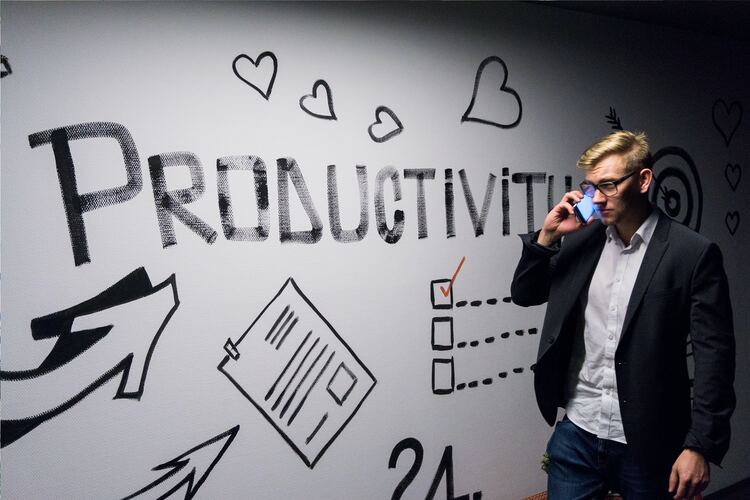Introduction
Businesses are always on the lookout for effective strategies to generate leads, nurture relationships, and drive revenue. Two crucial roles that play a significant part in this process are Business Development Representatives (BDRs) and Sales Development Representatives (SDRs).
These professionals are responsible for prospecting and qualifying leads, laying the foundation for successful sales cycles. In this comprehensive guide, we will explore the key aspects of BDRs and SDRs, their roles, responsibilities, best practices, and the tools they use to achieve success.
What are BDRs and SDRs?

Business Development Representatives (BDRs) and Sales Development Representatives (SDRs) are entry-level sales roles that focus on outbound prospecting and lead qualification. Although the terms are often used interchangeably, there are subtle differences between the two.
Business Development Representative (BDR)
BDRs are responsible for identifying and researching potential customers or businesses that fit the target market profile. They aim to initiate contact, nurture relationships, and set up appointments or demos for Account Executives (AEs) or Sales Representatives.
Sales Development Representative (SDR)
SDRs typically specialize in generating and qualifying leads through cold calling, email outreach, and other prospecting activities. They focus on identifying potential customers, understanding their needs, and determining if they are a good fit for the product or service.
Key Responsibilities of BDRs and SDRs

Prospecting and Lead Generation
Both BDRs and SDRs spend a significant portion of their time prospecting for potential customers.
This involves researching target markets, identifying ideal customer profiles, and sourcing leads through various channels like LinkedIn, company websites, and databases.
Outreach and Communication
Once potential leads are identified, BDRs and SDRs initiate contact through phone calls, emails, social media messages, or other communication channels.
Effective communication skills are essential to capture the prospect's attention and interest.
Lead Qualification

Qualifying leads is a critical step in the sales process. BDRs and SDRs assess whether the leads meet specific criteria, such as budget, authority, need, and timeline (BANT). By doing so, they ensure that only qualified prospects move forward in the sales pipeline.
Setting Appointments and Demos
A core responsibility of BDRs is to schedule appointments or product demonstrations with interested and qualified prospects. These appointments are handed over to Account Executives or Sales Representatives for further engagement.
Collaboration with Sales Team

BDRs and SDRs work closely with the sales team, sharing insights and feedback from their prospecting efforts. This collaboration helps refine the sales strategy and improve overall sales effectiveness.
Data Management
Keeping accurate and up-to-date records of prospecting activities and lead interactions is crucial. BDRs and SDRs use Customer Relationship Management (CRM) tools to manage their leads and track progress throughout the sales funnel.
Continuous Learning
The world of sales is constantly evolving, and successful BDRs and SDRs stay up-to-date with industry trends, product knowledge, and best practices. Continuous learning enables them to become more effective at prospecting and qualifying leads.
Best Practices for BDRs and SDRs

To excel in their roles, BDRs and SDRs can adopt several best practices that have proven to be effective:
Research and Personalization
Before reaching out to prospects, conduct thorough research about their company, industry, pain points, and potential needs. Personalize your outreach messages to show genuine interest and understanding.
Value-Oriented Messaging
Instead of focusing solely on the product or service, emphasize the value it brings to the prospect's business. Highlight how your solution can solve their specific challenges and improve their operations.
Active Listening

During conversations with prospects, practice active listening to understand their needs better. Ask open-ended questions and let them do most of the talking to gain valuable insights.
Effective Time Management
Prospect outreach can be time-consuming. Set a schedule for your prospecting activities, allocate time for research, outreach, and follow-ups to maximize productivity.
Collaboration with Marketing
Work closely with the marketing team to understand the target audience and align your prospecting efforts with ongoing marketing campaigns.
Utilize content and resources created by marketing to support your outreach.
Embrace Rejections

Rejection is a natural part of the sales process. Instead of getting discouraged, use rejection as an opportunity to learn and improve your approach.
Measure and Analyze Performance
Regularly track key performance indicators (KPIs) such as call-to-connect ratio, email open and response rates, and conversion rates. Analyzing these metrics helps identify areas for improvement and refine strategies.
Tools and Technologies for BDRs and SDRs

To enhance their effectiveness and productivity, BDRs and SDRs can leverage various tools and technologies designed for prospecting and lead management:
Customer Relationship Management (CRM) Software
CRM platforms like Salesforce, HubSpot, and Zoho CRM help BDRs and SDRs organize leads, track interactions, and manage the sales pipeline efficiently.
Sales Engagement Platforms
Tools like Outreach.io, SalesLoft, and Yesware streamline the prospecting process by automating email sequences, call tasks, and follow-ups.
Prospecting Tools
Solutions such as ZoomInfo, DiscoverOrg, and LinkedIn Sales Navigator provide access to accurate and up-to-date contact information, making it easier to identify and reach out to prospects.

LinkedIn Automation
Tools like Sanka and LinkedHelper automate certain LinkedIn prospecting tasks, such as connection requests and follow-ups.
Data Analytics and Reporting
BDRs and SDRs can use data analytics platforms like Tableau or Google Analytics to measure the impact of their prospecting efforts and identify areas for improvement.
Conclusion
Business Development Representatives (BDRs) and Sales Development Representatives (SDRs) play vital roles in the sales process, driving revenue by prospecting, and qualifying leads.
Their efforts form the foundation for successful sales cycles, and their collaboration with the sales team is crucial to the overall success of the organization.
By adopting best practices, continuously learning, and leveraging the right tools and technologies, BDRs and SDRs can maximize their effectiveness and contribute significantly to the growth and success of their companies.








